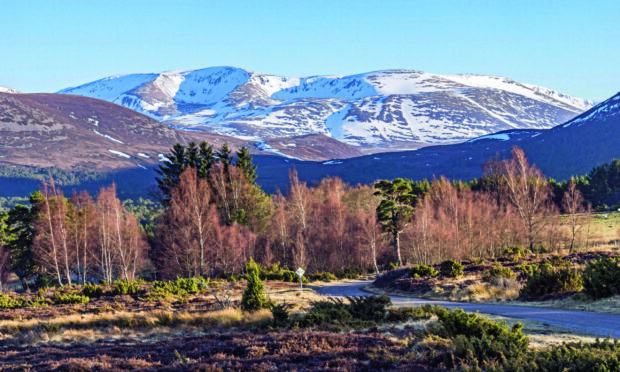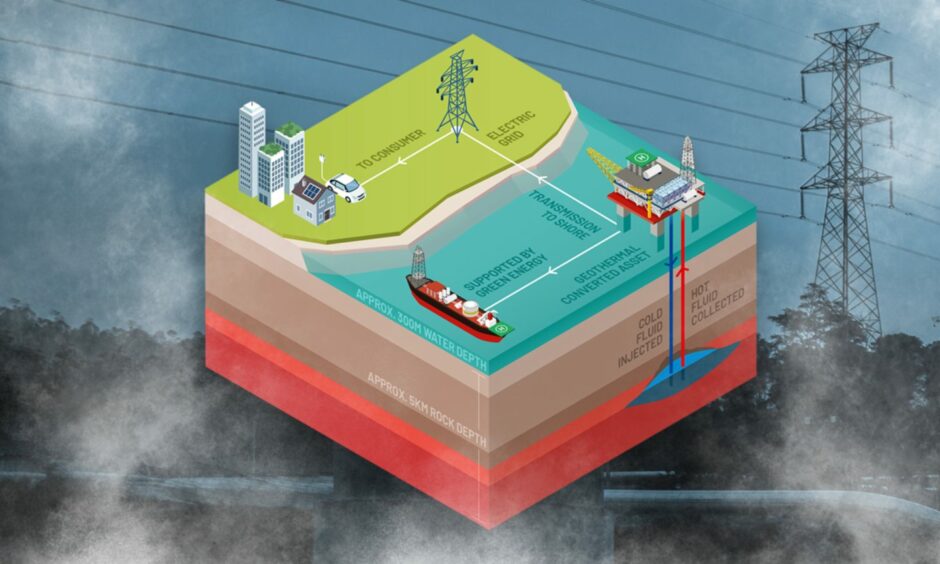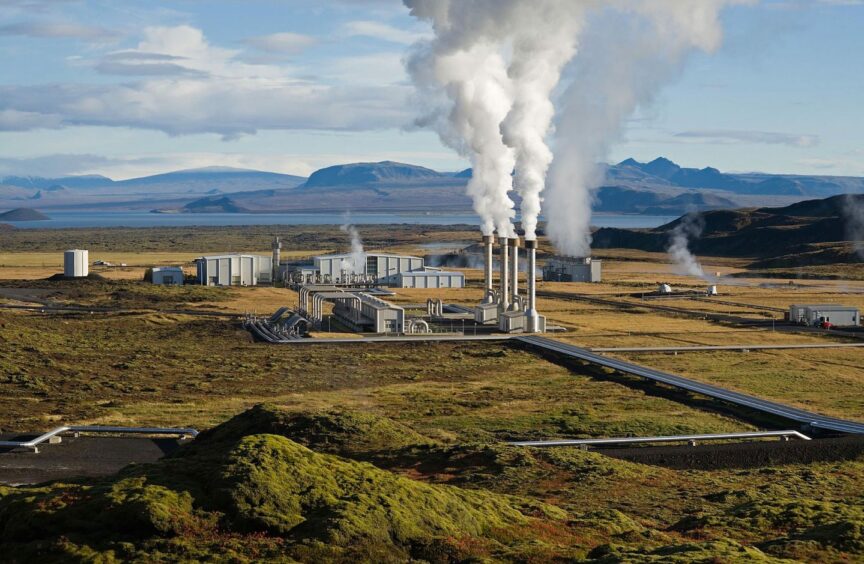Could heat stored at up to 11,000 degrees Fahrenheit miles under the Cairngorm Mountain help decarbonise the estate’s operations?
That is the question posed by Highlands and Islands Enterprise (HIE) in a new feasibility study described by the economic development quango as “very exciting”.
It is part of Scottish Government’s efforts to achieve net-zero carbon emissions by 2045.
Could mountain’s geothermal energy help towards national net-zero goals?
HIE and resort operator Cairngorm Mountain (Scotland) commissioned independent engineering consultants Arup to lead the evaluation.
It will help determine the role geothermal energy thousands of feet underground may play in decarbonising the estate’s operations.
The study will also consider opportunities for generating excess energy to contribute to Scotland’s overall net-zero goals.
It will explore different geothermal systems to extract heat held in the mountain and supplements a number of previous reviews on how to decarbonise operations.
“It is potentially very exciting but we just need to work through this stage by stage,” HIE’s head of property infrastructure, Dave MacLeod, told The Press and Journal.
“We are getting experts in the field to establish whether we should be taking it to the next stage – this is by no means a given. There is potential – we need to understand the impacts and the costs.”
Sustainable energy from Earth’s core
Geothermal energy is already generated in more than 20 countries, with the US the world’s largest producer.
In Iceland, many buildings, including hotels, government facilities and even swimming pools, are heated with geothermal hot water.
The resource is potentially unlimited, as HIE construction project manager James Palmer explained.
UK Government expected to spend $470 million+ on geothermal heating by 2030: @RystadEnergy https://t.co/YeffWdxmd4
— Energy Voice (@EnergyVoiceNews) September 28, 2022
“Minerals decay and give off thermal properties,” he said adding: “You have got heat from the core of the Earth which is 6,000 degrees centigrade.
“Decay of those minerals is everlasting and will always create heat. Geothermal energy is not new – Iceland has a significant amount of it.”
As the Cairngorms are essentially granite intrusions, it is thought the mountain resort is ideally placed to be tapped for its heat and electricity supply on a round-the-clock basis.
Decay of those minerals is everlasting and will always create heat.”
James Palmer, HIE project manager, construction.
Geothermal energy provides a renewable source that uses little land, compared to other technologies and can be designed to blend into the natural surroundings.
Decarbonising operations on the mountain is one of the 10 strategies laid down in the 25-year Cairngorm “masterplan” published by HIE last year after consultation.
Other forms of renewable energy, including solar panels and a wind turbine at the base station of the funicular railway, are also identified in the blueprint, although it is recognised their potential is limited in a mountain environment.
The new study is expected to be completed early in 2023.
It will examine the opportunities and risks associated with a potential deep geothermal project at Cairngorm Mountain, which could theoretically provide limitless energy.
Mr Palmer said: “We are going down this path because we see the potential of net-zero by 2045.
“We might just get a snippet of understanding and we might be shot down.”
Mr MacLeod added: “Geothermal energy has the potential to form an essential component of a net-zero energy mix at Cairngorm, delivering reliable and infinite amounts of heat from the Scottish geology.
“The project could provide a sustainable, low-carbon source of energy for operations at Cairngorm, as well as reducing costs and potentially generating income for the business from the sale of surplus energy to the national grid.
Cairngorm one of several potential Scottish geothermal hotspots
“This feasibility study will be invaluable in helping us understand not only the technical side of such a project, but also its environmental impact and, critically, the costs associated with a geothermal scheme at Cairngorm.”
A previous report – Study into the Potential for Deep Geothermal Energy in Scotland – was undertaken by infrastructure firm Aecom and the British Geological Survey, on behalf of Holyrood, in 2013.
It identified the presence of several granite intrusions across Scotland that could be suitable for geothermal projects, including Cairngorm Mountain.



Conversation